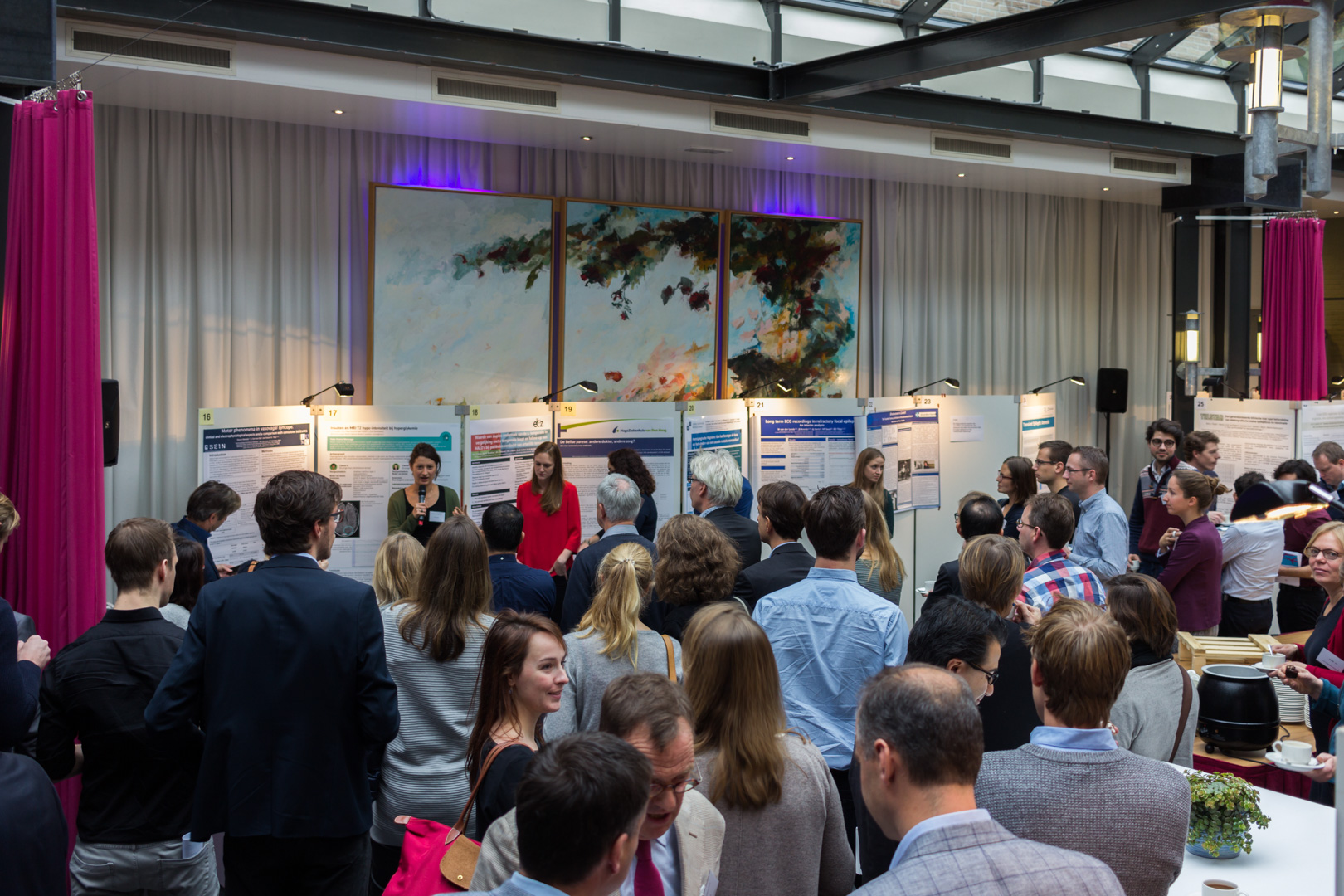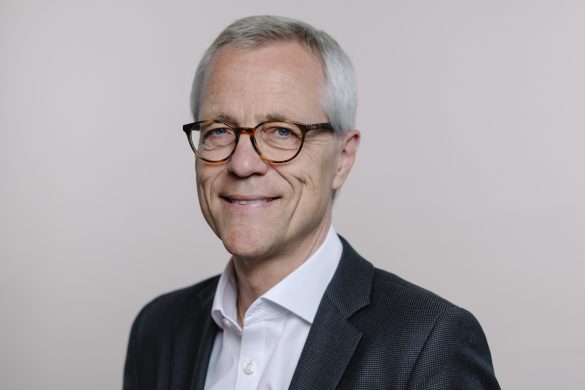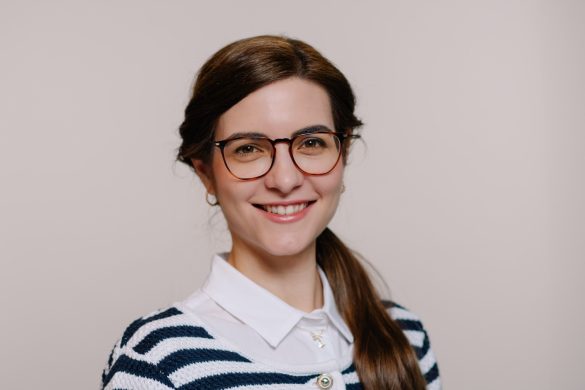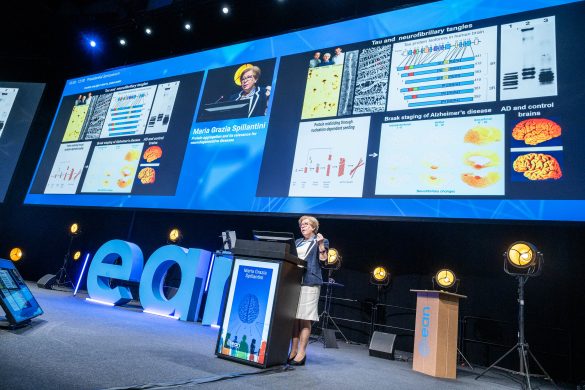The Kingdom of the Netherlands, also known as Holland, has been densely populated from medieval times with the largest part of the population living in cities. Amongst these are many well-preserved gems like the university town of Leiden, where Rembrandt van Rijn was borne, Haarlem, the city of Frans Hals, the cheese town Alkmaar in the north, the Hansa town of Deventer in the east, the astute university city of Groningen in the north and Maastricht, the capital of the province of Limburg. The five largest cities are Amsterdam, the capital, Rotterdam, one of the world’s largest harbors, The Hague, center of government, the old Roman city of Utrecht, and Eindhoven, center of Dutch “silicon valley”.
The population density is 412 people per km2. Yet, we have large nature reserves and areas of outstanding beauty. The Netherlands is after the USA the world’s second-largest exporter of food and agricultural products.
“Netherlands”, low countries, Pays-Bas, Paesi Bassi literally means countries in the downstream regions of the rivers Rhine and Maas. About 50% of the country is at or below sea level and needs to be protected by dikes and dunes. Since the late middle ages, vast areas have as polders been reclaimed from the North seas and various lakes. No wonder the Dutch are afraid of climate change and rising sea levels.
The Netherlands are world famous by its painters and museums, by the Royal Concertgebouworkest, but also by Johan Cruijff and Ajax, and by DJs Armin van Buuren, Chiesto and Martin Garrix. Nowadays Amsterdam is so busy with tourists from all over the world that many inhabitants of the city center complain about living in an open air museum. It may feel a little odd when being photographed by a Japanese tourist when buying cheese at a Saturday market.
In the 1660s Franciscus de le Boë Sylvius, professor in Leiden, defended William Harvey’s theory of the blood circulation and had the Sylvian fissure and aqueduct named after him. The Leiden professor Herman Boerhaave (1668-1738) was a world famous physician, anatomist, botanist and chemist and revivalist of the Hippocratic method of bedside teaching. His motto, “simplex sigillum veri” – simplicity is the sign of the true – is very topical.
In the 19th century neurology was borne as a medical specialty, albeit like in Germany in the early years as part of psychiatry. In 1893, Cornelis Winkler was appointed first professor of psychiatry and neurology at Utrecht University and in the Netherlands. In 1897, the Netherlands Society of Psychiatry, founded in 1871, changed its name in Netherlands Society of Psychiatry and Neurology. In 1899, Johannes Wertheim Salomonson who was the first to recognize ischias in a patient with scoliosis was appointed first professor of nervous diseases and röntgenology in Holland.
Only in 1973, the Netherlands Society of Neurology was split from the Dutch Society of Psychiatry and Neurology. In 1977, the World Congress of Neurology was organized in Amsterdam and in 1996 the Congress of the European Neurological Society in The Hague.
We have 8 medical faculties. In recent years, all faculties have been fused with academic hospitals to become university medical centers (UMCs) for specialised patient care, research and training of doctors and medical specialists. Each year around 2.000 students pass a decentralized selection procedure. We have the bachelor-master model of 6 years duration. Most faculties have internships in the early phase of the study.
 We have universal coverage of health insurance. For religious reasons some persons are voluntary uninsured. Additional insurance contracts can be acquired for complex dentistry, extensive paramedic care, etc. For a population of 16 million, we have over 9.000 general practioners (GPs), who received 3 years training after medical school. GPs are directors of the health care process of patients. If necessary, they refer patients to medical specialists, most of whom work in hospitals. After years of fusions, there are some 90 general hospitals left, most of them very large. Many are conglomerates of smaller hospitals, specialized in acute or chronic care, or hospitals for children. In addition there are specialized centers for patients with epilepsy. Neurologists work in all hospitals.
We have universal coverage of health insurance. For religious reasons some persons are voluntary uninsured. Additional insurance contracts can be acquired for complex dentistry, extensive paramedic care, etc. For a population of 16 million, we have over 9.000 general practioners (GPs), who received 3 years training after medical school. GPs are directors of the health care process of patients. If necessary, they refer patients to medical specialists, most of whom work in hospitals. After years of fusions, there are some 90 general hospitals left, most of them very large. Many are conglomerates of smaller hospitals, specialized in acute or chronic care, or hospitals for children. In addition there are specialized centers for patients with epilepsy. Neurologists work in all hospitals.
Patients are free to choose their doctor and have a right to be informed. An important new development that influences how we work, is the electronic patient file that the patient can read just in time.
We have about 915 neurologists, 1:17,500 inhabitants. About 40% is female. 60% of the residents is female.
It takes 5 years and 5 month training to become a Board-registered neurologist. 8 UMCs and 7 large regional hospitals are licensed for the full training programme, that includes a one year exchange stage between them. Many other regional hospitals are licensed for a one year training period in an exchange programme with a UMC. Clinical neurophysiology forms part of the training. All residents can fill in one year with specialised internships, e.g. movement disorders, neuromuscular disorders, or stroke, or with research. This year can also be used for training as child neurologist or clinical neurophysiologist.
In March 2017 the new training plan NEURON2 was introduced. NEURON2 describes the levels of competence that a resident must achieve, the 16 themes of neurology, internships, teaching, and examinations and assessments. Each resident has to make an individual training plan that can be discussed with the training group and adjusted if needed.
Although most Dutchmen are reasonably fluent in the English language, medical and neurological training are in Dutch.
The Dutch have through their history learned to collaborate. We still hold that characteristic dearly. Nowadays many foreign researchers see their Dutch colleagues as one group. We are able to set differences aside and work closely together in research. UMCs have specialized in themes of research that may overlap, but are usually complementary. Neurologists in general hospitals are enthusiastic to collaborate. Second, from the 1970’s clinical epidemiology as tool for research was introduced by Arthur Staal in Rotterdam, Jan van Gijn in Utrecht and Hans van Crevel in Amsterdam. Third, novel technological developments, like CT and MRI scanning or tools for gene search have been rapidly embraced and successfully introduced. Finally, patient participation is important. These factors led to development of centres for diseases where the best patient care is combined with research. Examples are the Alzheimer Centers, ParkinsonNet, ALS Centrum Nederland. As proof, an avalanche of papers has been published, the most recent example from the Mr CLEAN study in 2016.
The Nederlandse Vereniging voor Neurologie (the Netherlands Society of Neurology) has 1.331 members. 877 are active neurologists, 79 retired neurologists and 375 are residents. The president, Dr. Selma Tromp is a neurologist who works as clinical neurophysiologist in a regional training hospital with residents from Amsterdam, Leiden and Utrecht.
For research, the department of neurology of UMC Utrecht specialises in stroke (subarachnoid haemorrhage and ischemic stroke), ALS and childhood spinal muscular atrophy, childhood epilepsy and glioma.
Researchers from abroad are very positive about the working environment and state of the art research. Residents should speak the language. The Dutch are a friendly and no nonsense people. A foreigner will rapidly feel at home.
Please read articles by Dutch authors published in the European Journal of Neurology here.
An interesting interactive case has been published in eBrain this month. It has been written by the Neurology and Rheumatology Teams from Utrecht. Please, find this abstract here.
Professor John Wokke, neurologist UMC Utrecht, with the help of Marjolein van Kalles, vice-director of the Netherlands Society of Neurology.









